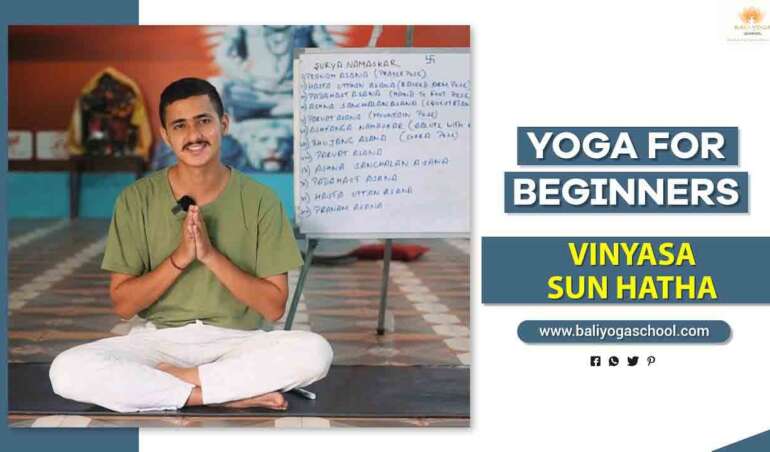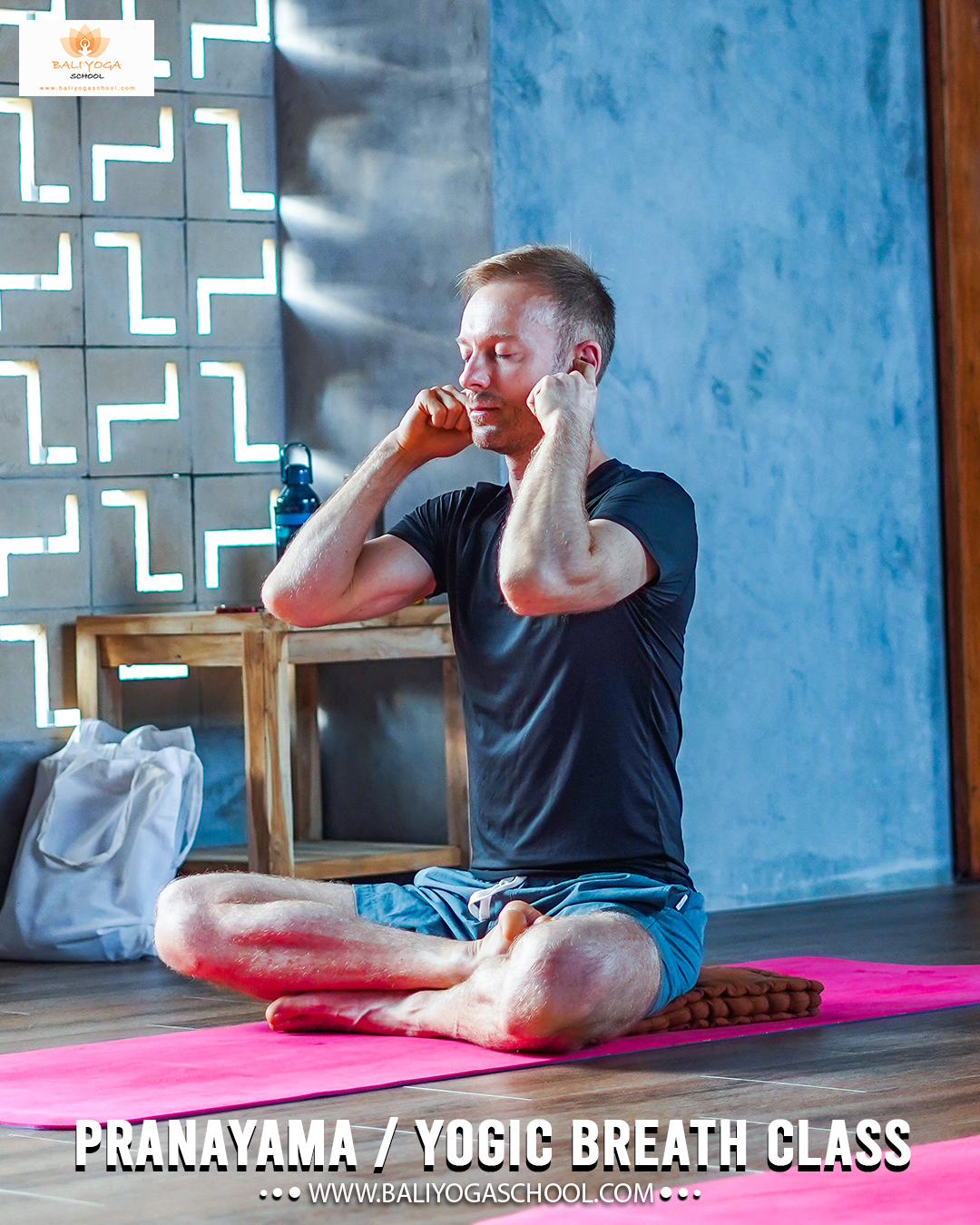
Yoga and Pranayama: How to Master Your Breath and Control Your Life Force
What is Prana?
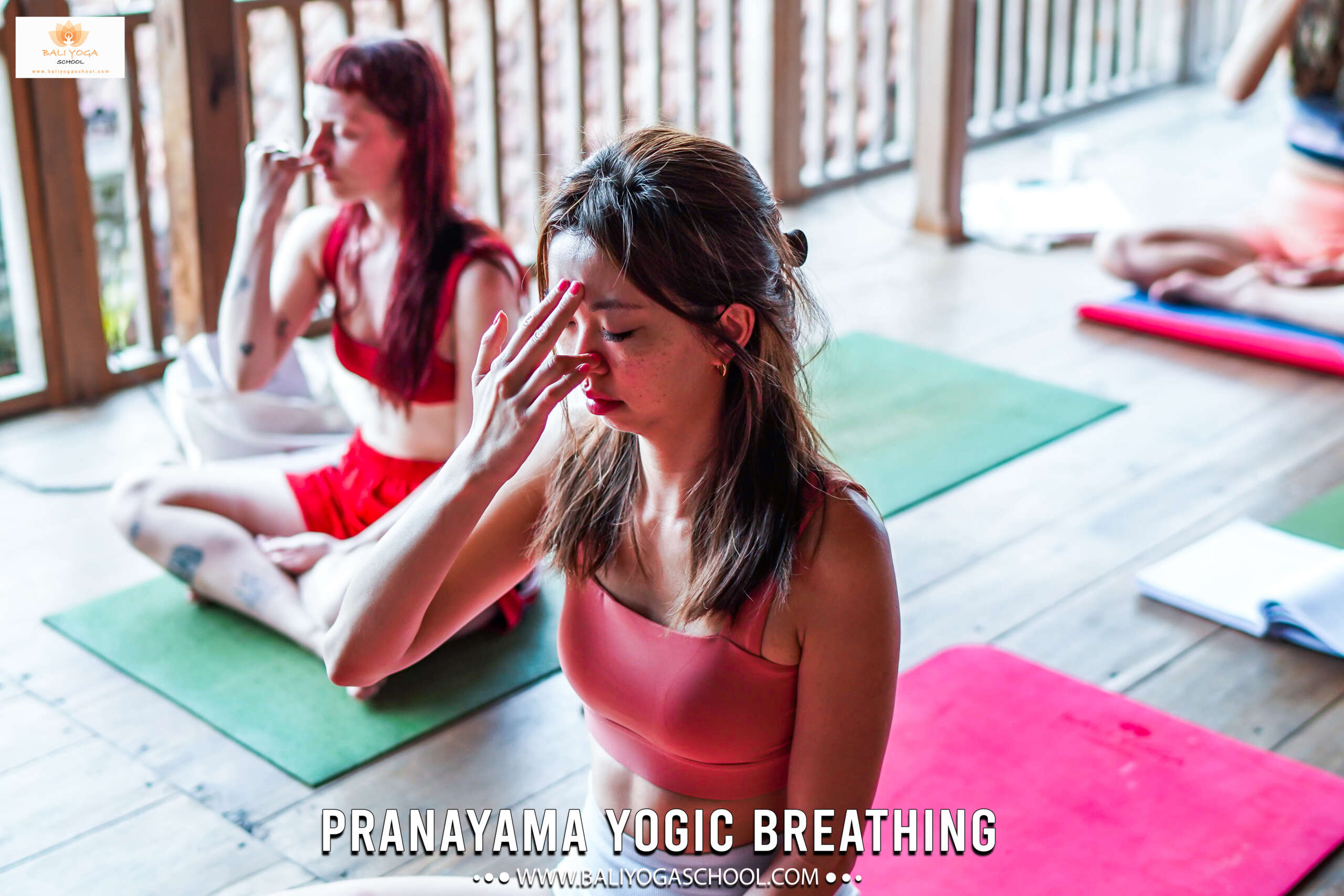
The foundation of the entire universe is the subtle life force energy that yogis call Prana. One can’t see it, or touch it or taste it, but most Yogis have experienced it and describe it as this mystical energy that flows through our bodies. The term Prana can be translated from Sanskrit as “life force energy,” “vital energy,” “breath of life,” “spirit-energy,” or “vital principle.”
Prana also comes from food; fresh fruits and vegetables are filled with life-giving prana, whereas anything canned, overcooked or old has very little prana. Breath is considered to be the most subtle form of Prana in our bodies; hence, it is most often described in yoga’s breathing exercises. Prana forms the energy of our consciousness and also regulates all of our body’s physical functions. From a yogic perspective, the breath (prana) is your life force while yama translates to control. So, in the language of a layman, controlling one’s breath means Pranayama. But, why would anybody want to control their breath? Let us explore further!
When we observe our breath, we get insights into our state of mind. As per the Harvard Business Review, “Our prefrontal cortex (the part of our brain responsible for logical thinking) is impaired when we are in a highly stressed state, which makes it difficult to think rationally. However, breathing techniques can help us gain mastery over our minds.
According to researchers, different emotions are associated with different forms of breathing, so if we change how we breathe; we can change how we feel. Have you noticed how our breathing becomes irregular, short, fast, and shallow when we are anxious, nervous, or angry? When you follow breathing patterns associated with different emotions, you will start to feel those corresponding emotions, and gradually develop the ability of emotional regulation.
When we breathe consciously, we take longer deeper breaths. But, Pranayama is still not just about slowing down and affecting the parasympathetic nervous system. It is much far and beyond this limited understanding. Pranayama is one of the foundational aspects of yoga. It can be traced back to thousands of years ago, mentioned in the Yoga Sutras of Patanjali; “the eight limbs of yoga” and are defined as -”yamas (abstinences), niyama (observances), asana (postures), pranayama (breathing), pratyahara (withdrawal), dharana (concentration), dhyana (meditation) and samadhi (absorption).” The Bhagavad Gita, the Holy Vedic scripture, also recommends Pranayam from a devotional perspective to ultimately liberate the mind
Critical Functions of Prana and the Importance of Pranayama
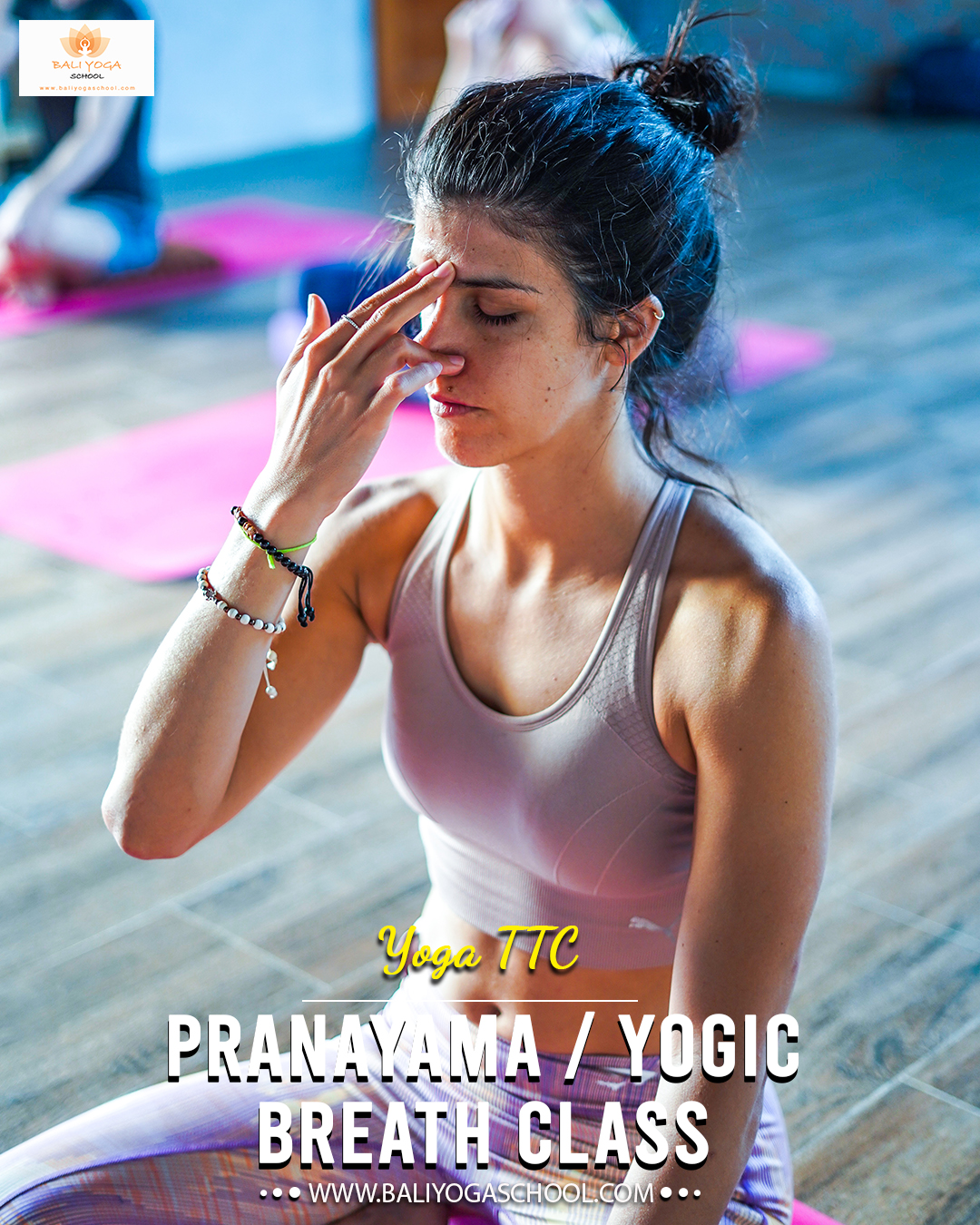
The major source of Prana is the breath, which is a manifestation of life. It is one of the body’s most important rhythms that influences every cell in the body and is closely linked to our overall health.
Proper breathing is believed to increase a human’s life span. Therefore, the slower you breathe, the longer you will live. Animals like elephants and tortoises are known to live the longest; it is because they breathe slowly. The opposite is true for birds and rabbits that take short, quick breaths. We can say that slow breathing increases one’s vitality, and keeps the heart strong, elongating the life span. Breath work and Yoga are two practices that are often combined to create an experience that is mindful and meditative. Breath work practice strengthens the connection between your body and mind as it helps you achieve the state of mindfulness.
Pranayama is a type of breath work that is practised in Yoga which helps you gain conscious control of the breathing process. It focuses on becoming aware of the breathing process by creating healthy breathing patterns and using the breath to bring stillness to the mind. As discussed, our thoughts and emotions can bring a state of imbalance and our mental and breath patterns are often linked.
Pranayama aims to control your breath for positive effects, such as getting past emotional and energetic blocks that are hindrances to the flow of your life force. By controlling your breath you can improve your breathing patterns to reduce stress and anxiety. But, remember that the breath is an essential element of the Yoga lifestyle, not a cure-all. The breath is a central and focal point used in various meditation techniques across cultures and traditions. Breath is seen as a vehicle for bringing the mind to a one-pointed stillness. It anchors and steadies the mind and opens the entryway into meditative states and ultimately a state of highest consciousness.
More commonly, whenever we are under any stress or in emotional imbalance, to prepare us to fight the situation, the reptilian brain is activated. To prepare for the battle, all of our blood (and therefore oxygen) is sent to the muscles. Practicing relaxed breathing in these situations can help in gain greater access to the Higher Self, our source of inner wisdom. Where the mind goes, the breath follows. For instance, if we feel anxious, the breath will follow and be choppy and if we feel calm, the breath follows in a smooth rhythm.
It is a well-known fact that focusing on the breath is no easy task! It is believed that the average mind can focus for about 3.5 seconds before it wanders to another thought or sensation. Over the centuries, numerous terms have been coined by a variety of cultures to describe higher consciousness – nirvana, bliss, ecstasy, union, and oneness. The path of stilling the mind and merging with the Infinite is one of the most supreme benefits that we can reap from the practice of Yoga and Meditation.
Yoga and Pranayama
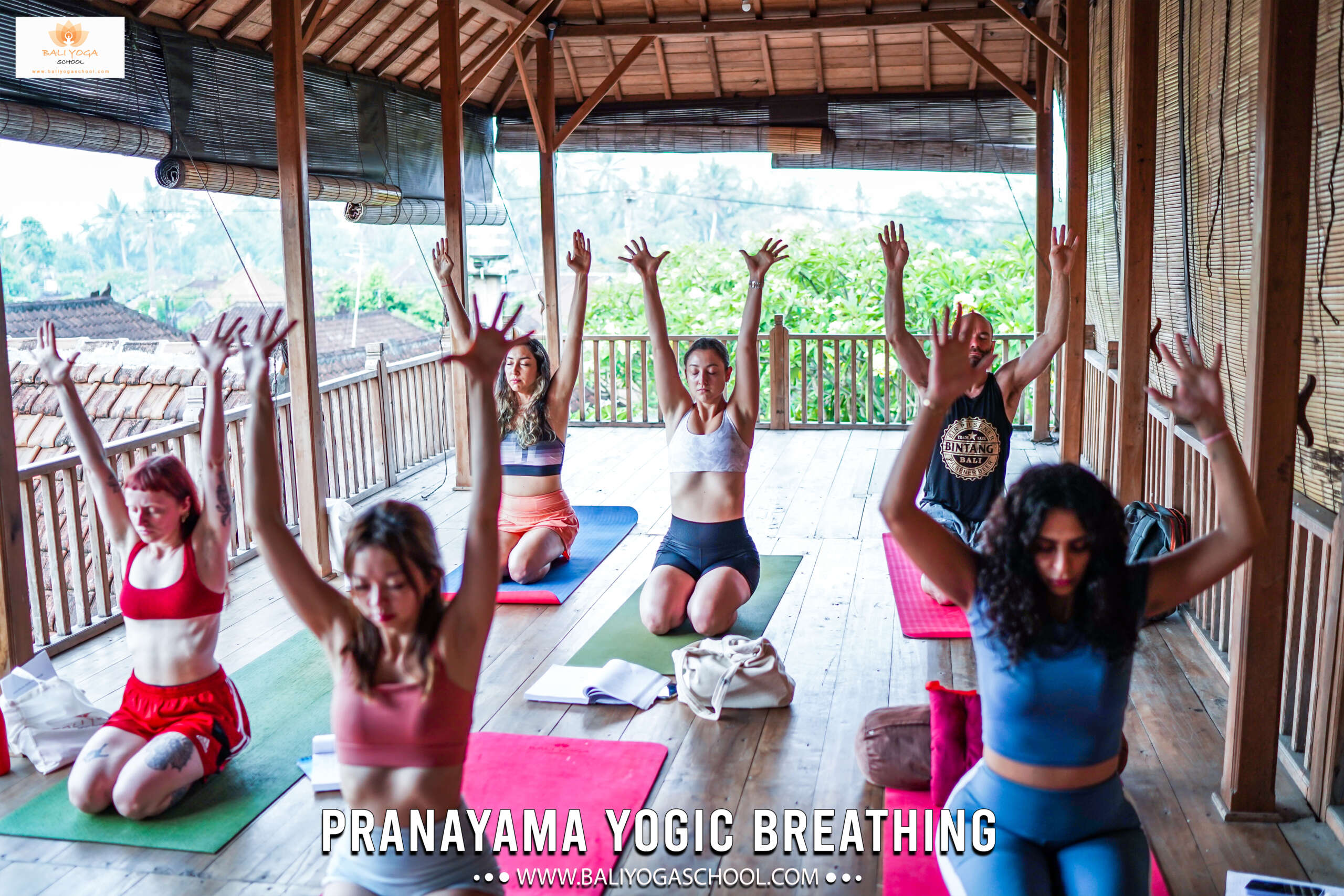
There are various types of breath work exercises which can help you achieve deeper relaxation and focus during yoga namely Ujjayi breath, NadiShodhana (alternate nostril breathing), Kapalabhati (breath of fire), and Bhramari (bee breath). Yoga and breath work are deeply intertwined. It is, therefore, important to learn the use of breath to enhance your yoga practice can deepen your experience and gain greater awareness of your body and mind. When you begin your yoga teacher training in India, you must first learn how to synchronize your breath with your movements.
Importance of Breath in Yoga
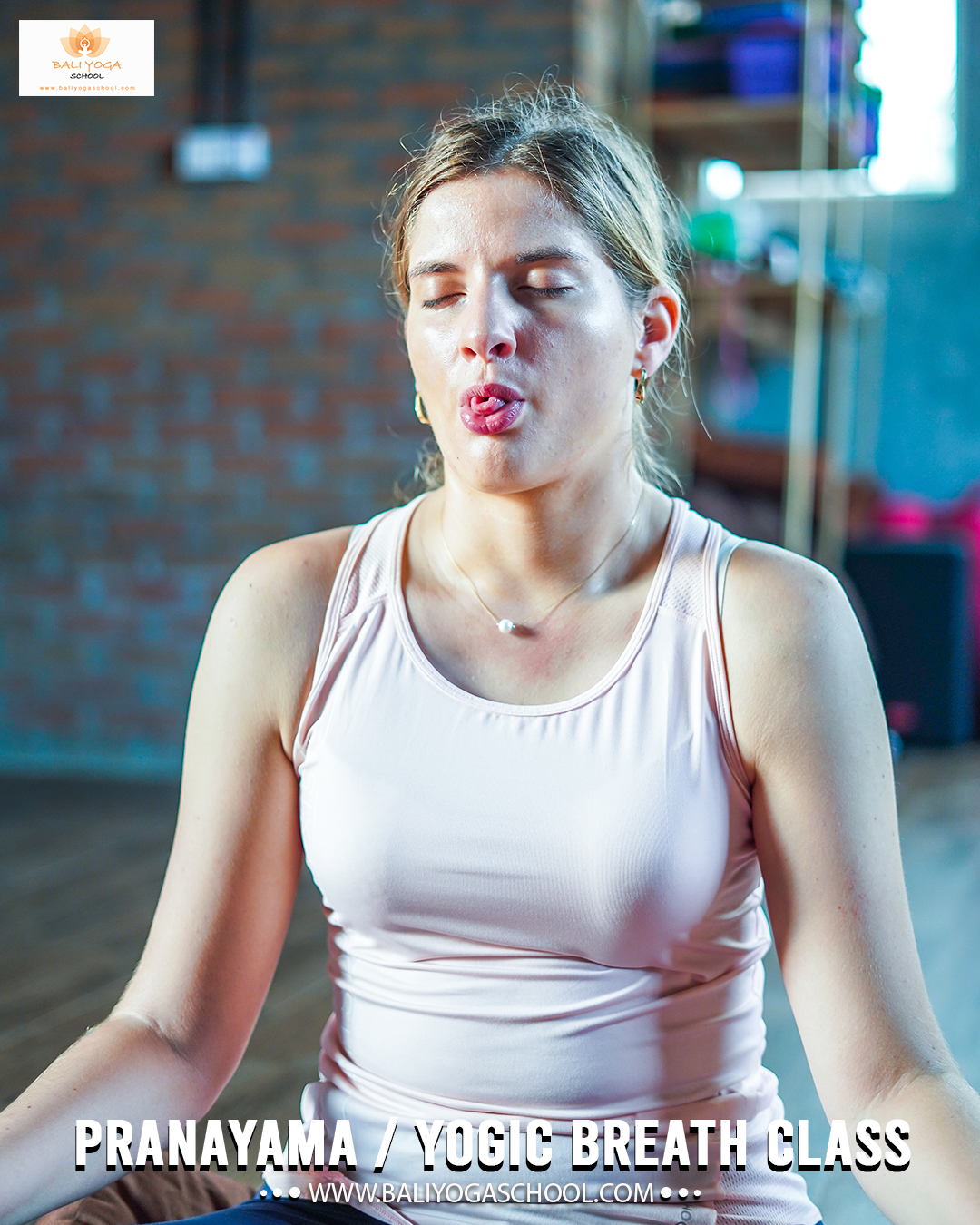
Breath is a crucial component of yoga practice. The word “Yoga” is derived from the Sanskrit word “yuj,” which means “to unite” and the union of breath, body, and mind is achieved through yoga. Ancient yogis believed that breathing influenced the flow of energy throughout the body and detailed rhythmic deep breathing techniques that can affect the mind and body differently. Yoga poses are specifically designed to increase oxygen flow to your muscles, deepening your physical health.
-
The role of breath in the mind-body connection
Breathing mindfully means putting your full attention on your breath which strengthens the mind-body connection. It is important to note the flow of breath; if it is erratic, the thoughts are erratic. Oxygenating the lungs fills the brain with oxygen. If breathing fresh air, thoughts flow in tune with nature.
-
Using breath to deepen stretches
Breath work can help deepen stretches and improve your flexibility. Breathing deeply and slowly while going into a stretch helps in releasing muscle tension and sinking deeper into the pose.
-
Breath retention techniques
Breath retention techniques entail holding the breath for a short period. The techniques can be used to foster mental clarity and focus. It is important to seek the guidance of a qualified teacher in this matter.
-
Meditative breath work
Meditative breath work lets you focus on the breath which in turn quietens the mind and promotes relaxation. You can follow simple techniques such as visualizing the flow of air in and out of the body or counting the number of times you breathe.
Benefits of Yoga, Breath work & Pranayama
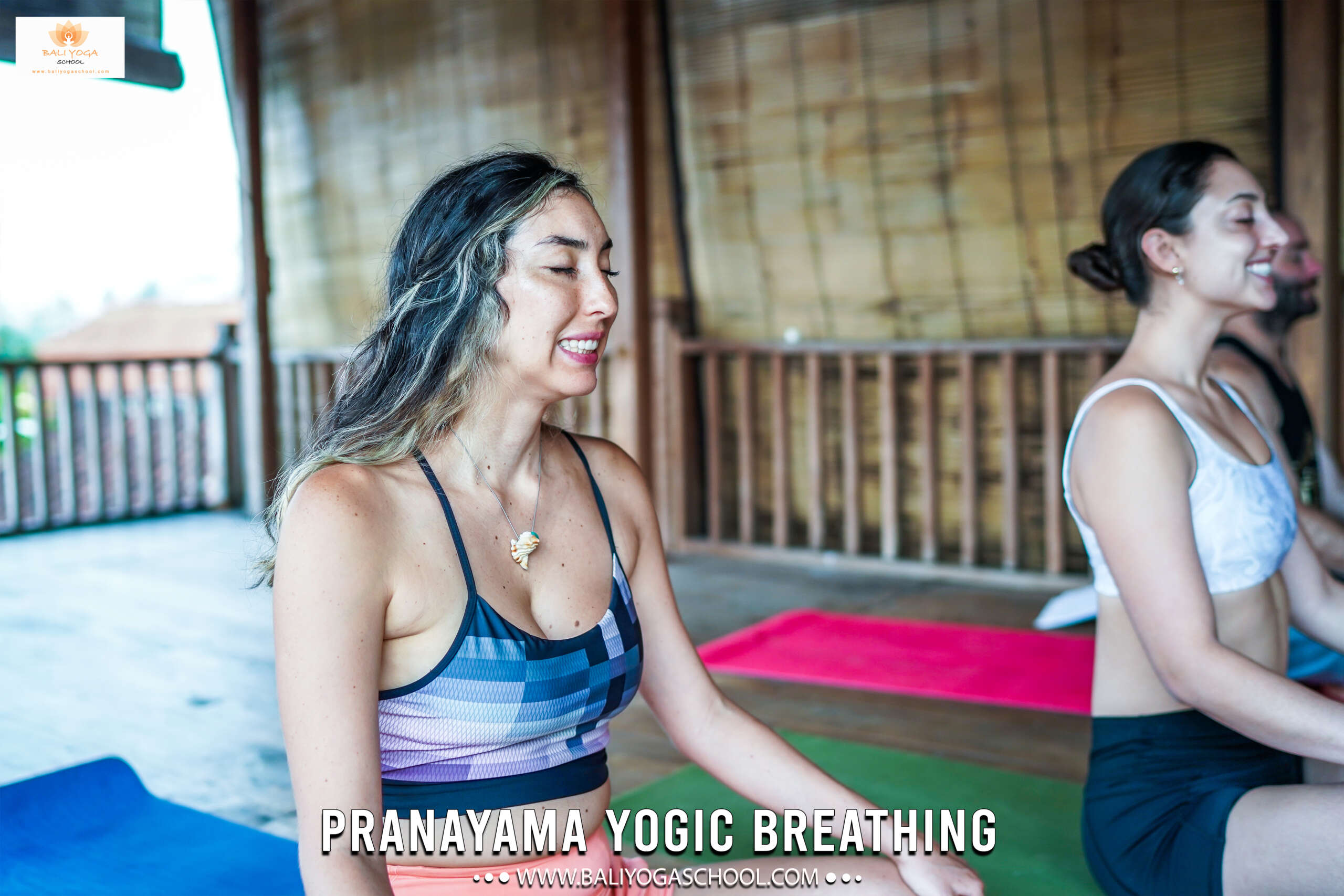
Practicing Yoga and breath work has many benefits for both the mind and body such as:
- Relieves stress and anxiety: Those who Practice yoga breathing exercises such as Sudarshan Kriya Yoga (SKY) have less stress, anxiety, and depression and have improved sleep.
- Improves breathing patterns: By exercising focus and control of their breath during yoga practice, individuals can improve their overall breathing patterns and lung capacity.
- Increases mindfulness: These practices can help individuals achieve a state of mindfulness and strengthen the connection between their mind and body.
- Boosts immunity: Yoga and breathwork practices can boost immunity.
Common Challenges in Breath work and Yoga Practice
- Difficulty focusing: One of the biggest challenges faced is difficulty in focusing; one must find a quiet space to practice without distractions.
- Feeling lightheaded: In some yoga postures, one may experience light-headedness or dizziness. This mainly happens due to improper breathing and sometimes due to dehydration. To avoid these problems, it is advisable to seek guidance from a qualified teacher.
Benefits of pranayama include:
- Elimination of respiratory toxins
- Reduced blood pressure
- Reduced heart rate
- Balance of doshas (vital energies)
- Improved tidal volume
- Pain reduction
- Reduced anxiety
- Improved sleep
- Increased metabolism
- Better digestion
- Balance of hormones and nervous system
- Mental and emotional equilibrium and stability
- Dissipation of unconscious negative mental patterns
- Overall improved health
Getting Started With Pranayama
There are different types of pranayama to practice. You may start with simple abdominal breathing and then work with a teacher to learn more complicated techniques as advanced pranayama can be detrimental to health if practiced incorrectly.



